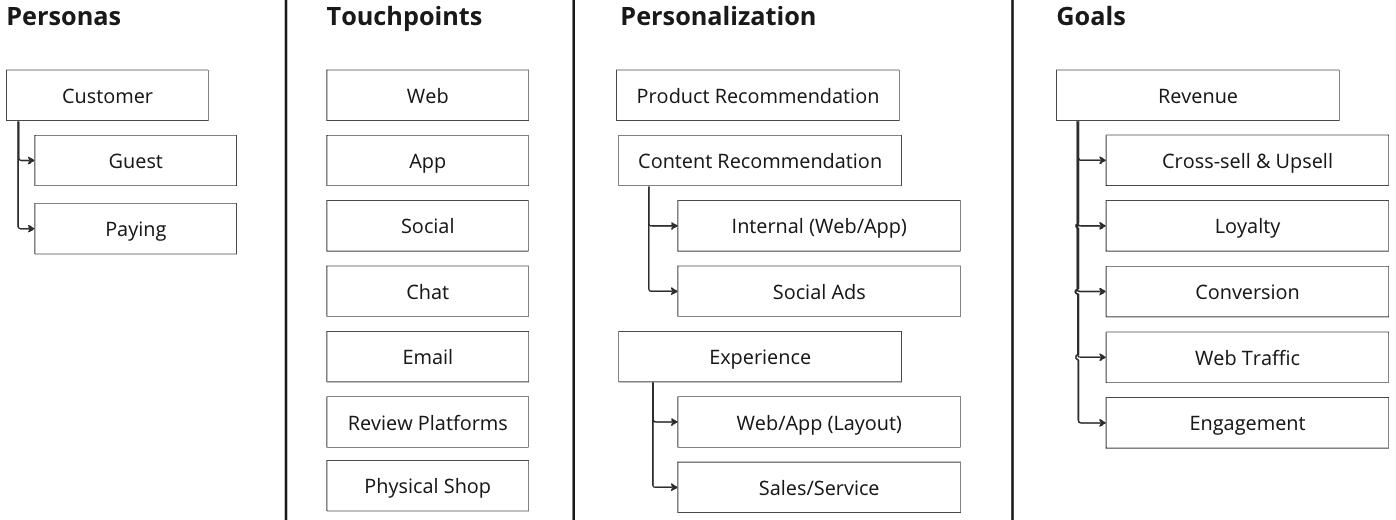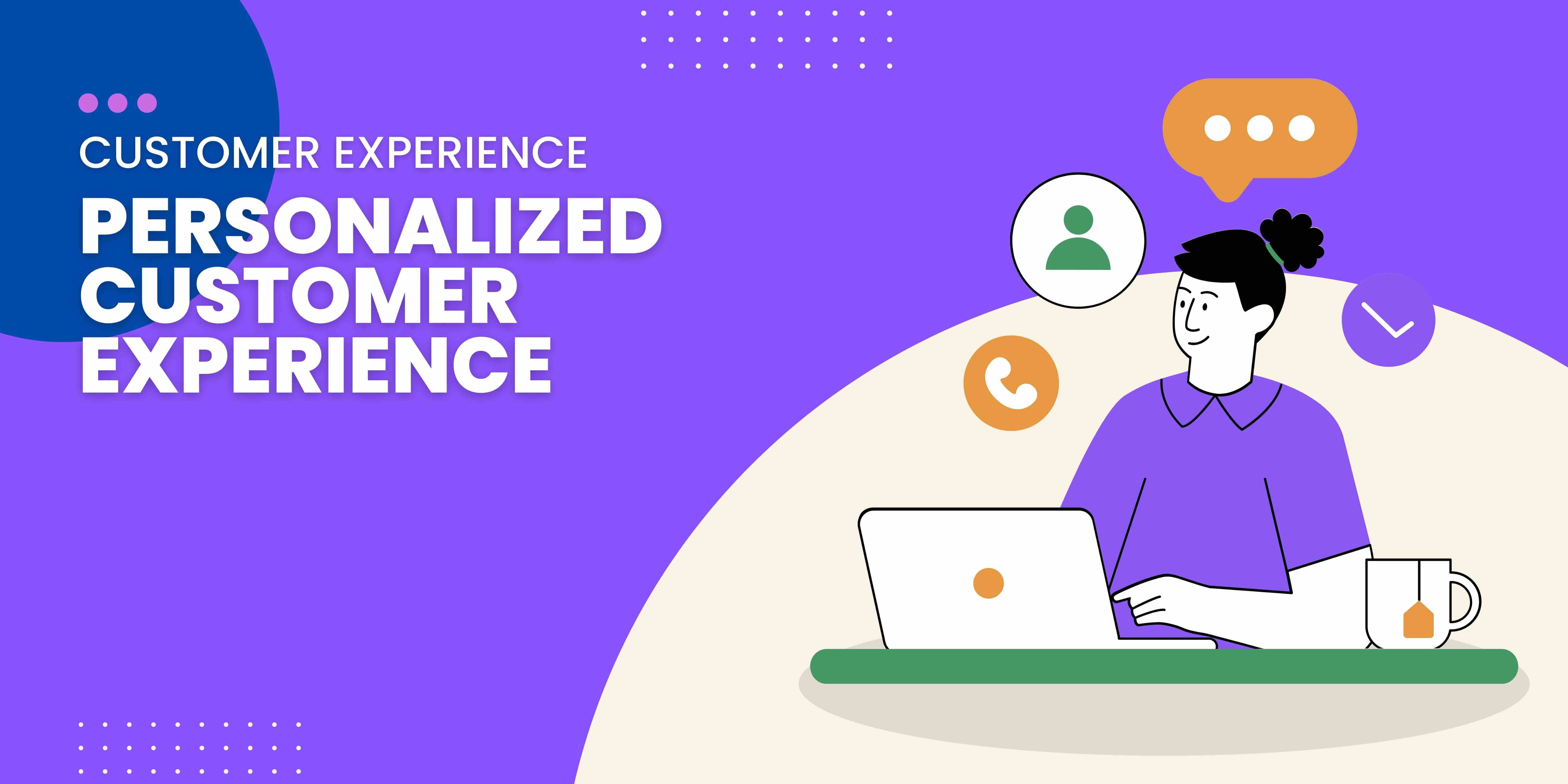Personalized Customer Experience could mean different based on your Org strategy. It could mean Content, or Product Recommendation, or Marketing Communications. Its easy to feel lost, if you are just starting out. It helps to split this into different aspects, and then evaluate each of them as a separate capability.
Why Personalized Customer Experience Matters
Effects of not having Personalization could be seen across the Org.
- Sales: You do not see enough upsell or cross-sell of your products.
- Service: Service calls take longer, as the Agents try to understand Customer's problem without having any context about Customer.
- Marketing: You have a very limited time span to get Customer's attention to your product. If the messaging is not right, Customers may not respond to the ads.
- Product Growth: The layout of your application is confusing the Customer. You are using a single layout for all Users of your application.
- Content: Customers do not find the content on your website useful.
Types of Personalization
Your Org's strategy influences the use-cases. In this example, lets look at how Personalization helps in generating more revenue.

Broadly, it can be categorized into:
- Product Recommendation: To suggest the right set of products based on your personal details, geographical, and behavioral data.
- Content Recommendation: This includes blog recommendation, email content, or any other readable material.
- Experience: This can be related to in-person communication, or their web/app experience (layout, notifications).
Strategies for Personalization
If you see Personalization as an activity for each department, you could be solving the problem in a silo. As the Organization grows in size, the silos get bigger. Then the experience of Customer during each stage of the journey (Sales, Service, Marketing etc.) starts being different. Hence, the ideal way would be to solve it as an Organizational initiative. This could be done with following steps:
- Prepare a Goal: As said earlier, the need of personalization is across the Org. Hence, a goal helps to focus on the specific problems (quick-wins, or high-return).
- Prepare Maturity Stages: Everything can not be achieved in the first iteration. Have the goal broken down into milestones.
- Align across the Org: Everyone in the Org should be informed and aligned to be supportive of this initiative. As personalization affects all the departments.
- Form a Team: Involve a member from each department to share their insights. This involves Technical, and Business/Product teams. The daily operations should ideally be managed by a Product Owner/Manager.
- Planning and Execution: Planning the initial set of use-cases with technical and product counterparts.
Conclusion
Personalization is a powerful strategy for long-term growth. You could find many different studies in support of this approach. There is no single tool that solves all personalization use-cases. Each use-case needs different strategy and tools. You would find more on the solutions per touchpoint, as I continue writing on this topic.

